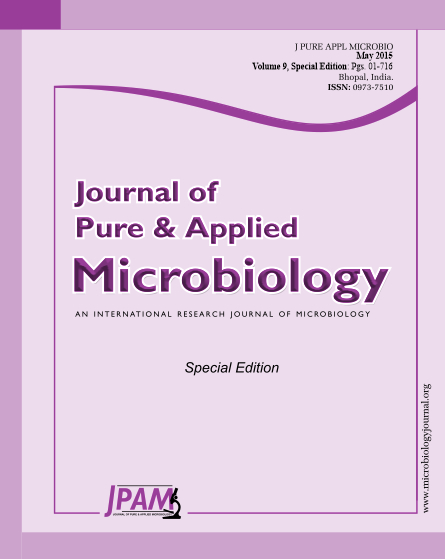Abortion, which has been induced by indoor formaldehyde pollution, is more and more severely threating public health. To fundamentally eliminate indoor formaldehyde pollution, wood fiber was done by acid pretreatment and self-bind precess, and analyzed by FT-IR and SEM. The results shown that the bond strength firstly increased and then decreased with the increase of pretreatment time, reached the maximum value 0.52 MPa (HOOC-COOH) for 10h and 0.82 MPa (1%CH3COOH) for 15h. lignin did not change during the acid pretreatment, ²- glycosidic bond of cellulose decreased, other groups all increased during acid pretreat. And the active groups, lignin and cellulose all took part in the chain reaction during self-bind precess. Wood fiber was better done by 1% CH3COOH pretreatment than by 1% CH3COOH pretreatment in favor of self-bind bio-boards.
FT-IR, SEM, Self-bind bio-boards, Formaldehyde pollution, Abortion
© The Author(s) 2015. Open Access. This article is distributed under the terms of the Creative Commons Attribution 4.0 International License which permits unrestricted use, sharing, distribution, and reproduction in any medium, provided you give appropriate credit to the original author(s) and the source, provide a link to the Creative Commons license, and indicate if changes were made.


